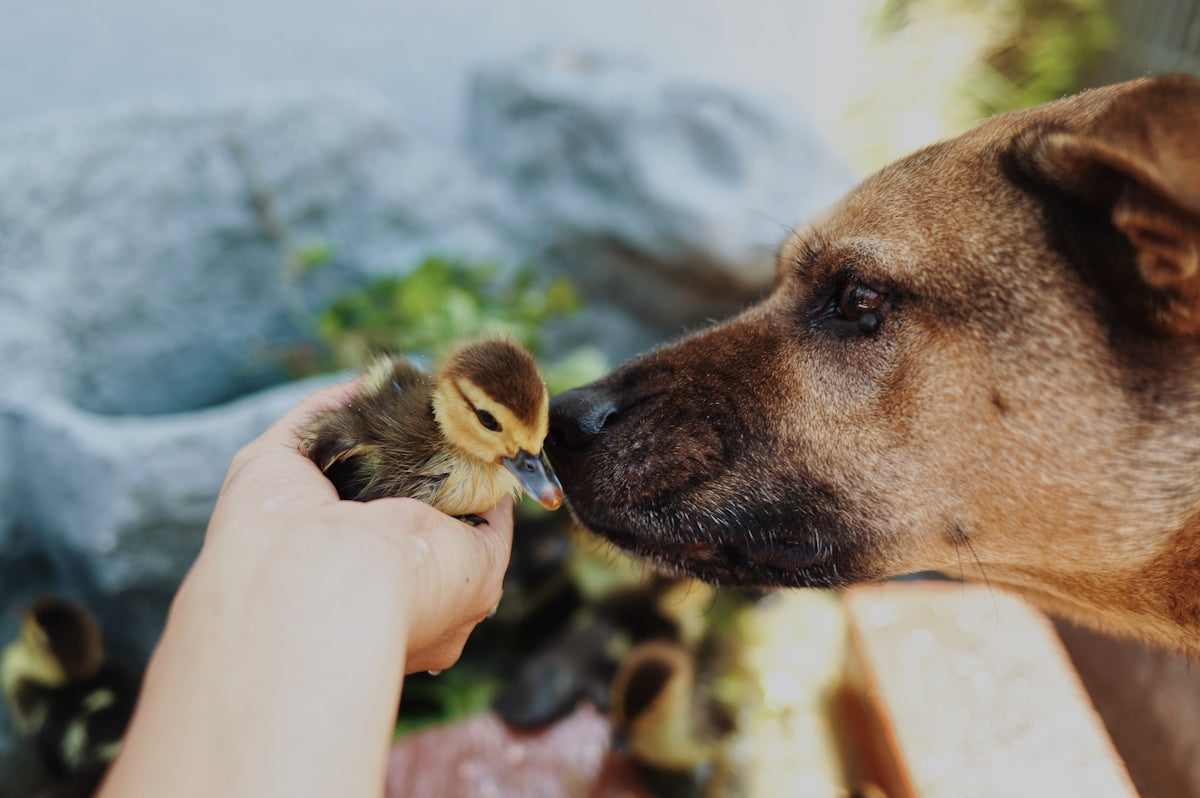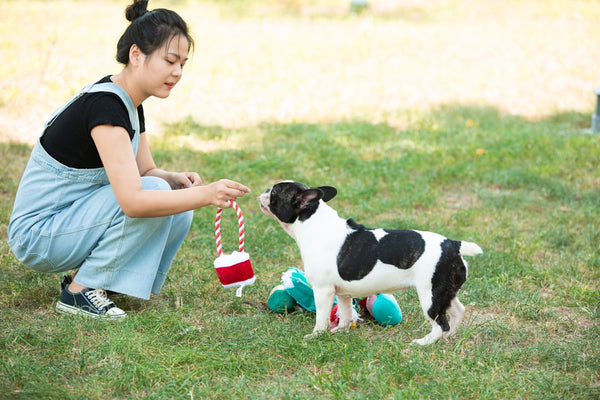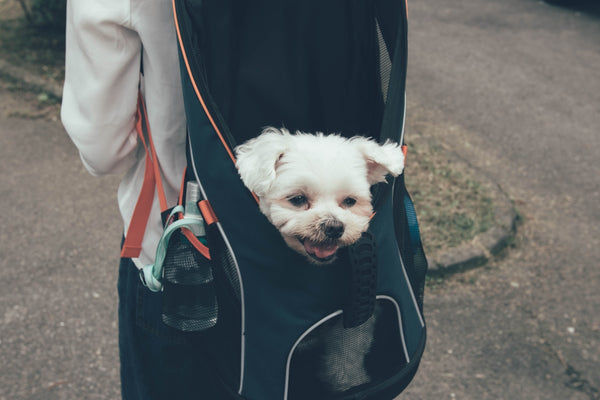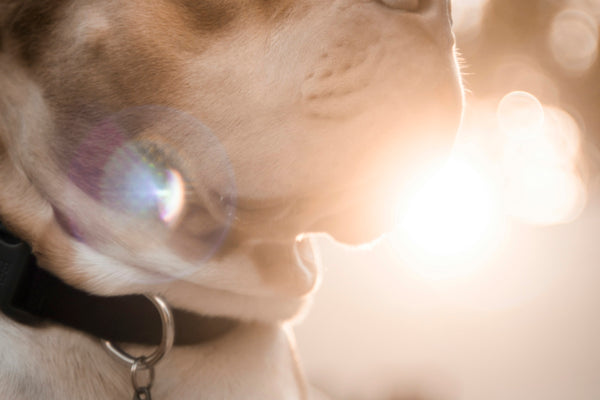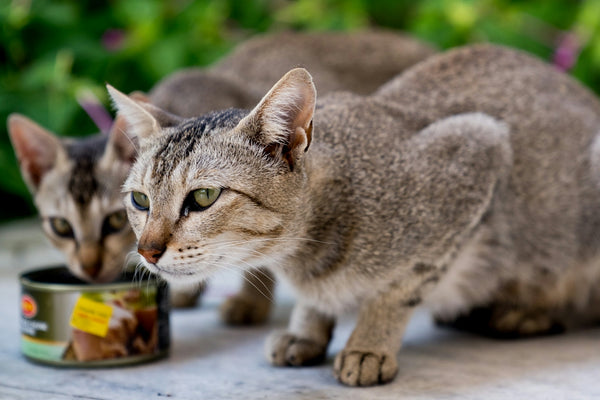Welcoming a new puppy or kitten into your home is an exciting adventure filled with joy, laughter, and a little bit of chaos. One of the fundamental responsibilities you will have as a pet parent is ensuring your young companion receives the best nutrition possible. This blog post outlines some of the best practices for feeding your new furry friend, helping them grow into a healthy and happy adult.
Understand Their Nutritional Needs
Puppies and kittens have different nutritional needs compared to adult dogs and cats. Their rapid growth and development require diets rich in specific nutrients, including proteins, fats, vitamins, and minerals. Choose high-quality pet food designed specifically for puppies or kittens to ensure they get the appropriate balance of nutrients.
Follow a Feeding Schedule
Consistency is key when it comes to feeding your puppy or kitten. Establishing a regular feeding schedule helps regulate their digestion and eliminates overeating. Typically, young pets should be fed three to four times a day. As they grow older, this can be reduced to two meals daily. Always keep portion sizes appropriate for their age and breed.
Provide Fresh Water
Hydration is just as important as nutrition. Make sure your puppy or kitten always has access to fresh water. It's ideal to have multiple water sources if you have a larger home or if your pet is crate-trained.
Consider products like the PetHydrate Automatic Cat Bowl & Water Fountain to ensure they have a constant supply of clean water. This is especially beneficial if you're away from home for extended periods.
Be Cautious with Treats
While treats can be used to reward good behavior and assist with training, it's important not to overdo it. Select treats that are made specifically for puppies or kittens, as these are specially formulated to complement their nutritional needs. Keep treats to a minimum, reserving them for positive reinforcement.
Gradual Food Transition
If you need to change your pet’s diet, do it gradually over a week or so by slowly mixing the new food with the current one. This gradual transition helps avoid digestive issues and allows your pet to adjust to the new food.
Monitor Their Growth and Health
Regular vet check-ups are essential, as your veterinarian can help you track your pet's growth and health. They can provide recommendations for the best feeding practices tailored to your pet’s specific needs.
If you're looking for products that enhance the health and well-being of your pets, visit MyPetCollective for more options and information.
Supporting your new puppy or kitten during their development is crucial, and by following these feeding best practices, you're setting them up for a lifetime of health and happiness.
